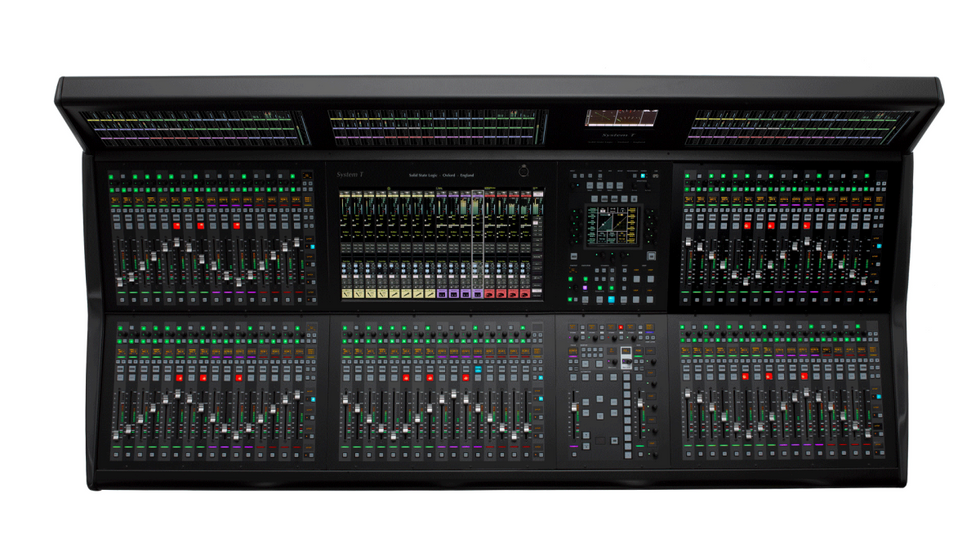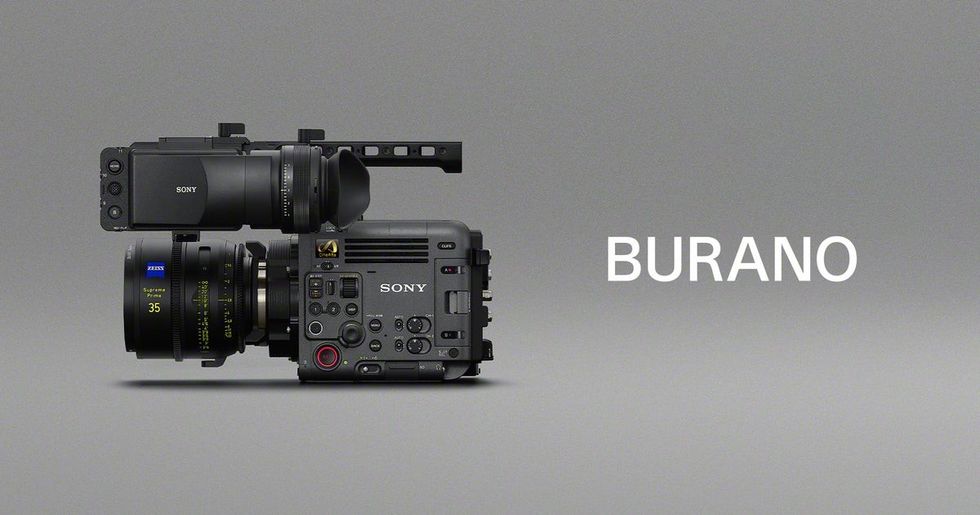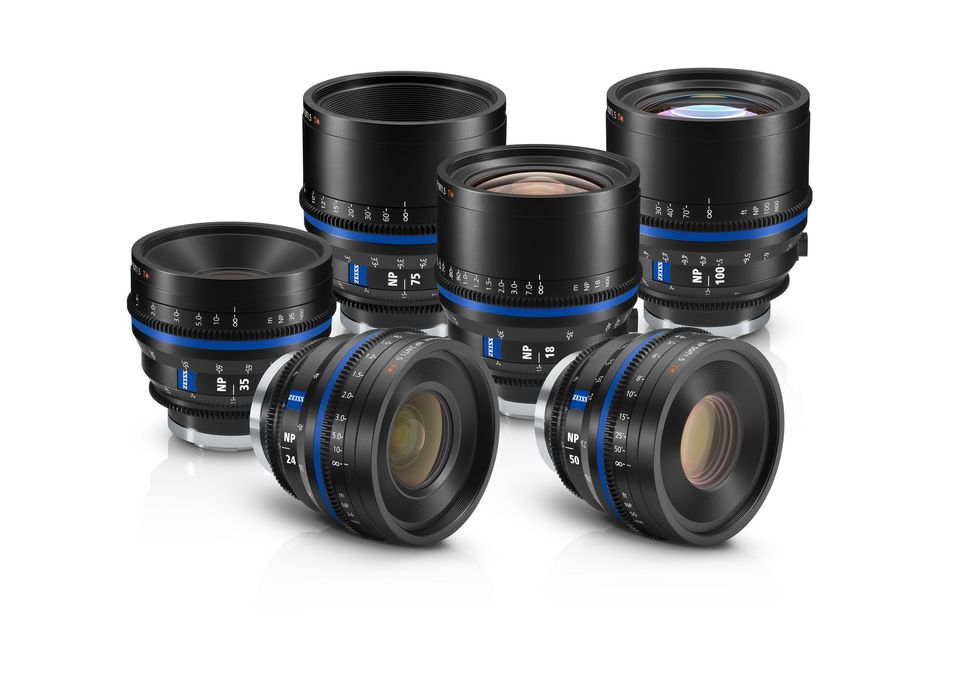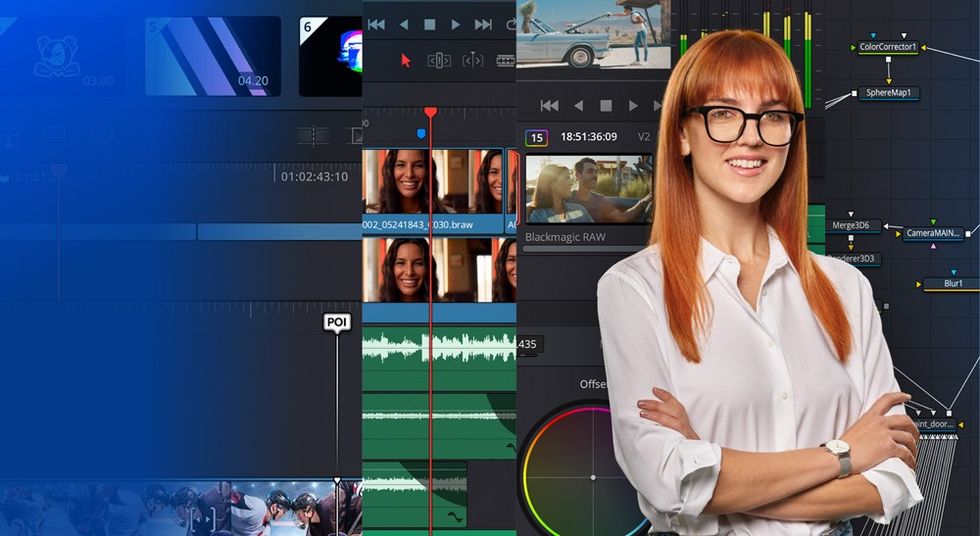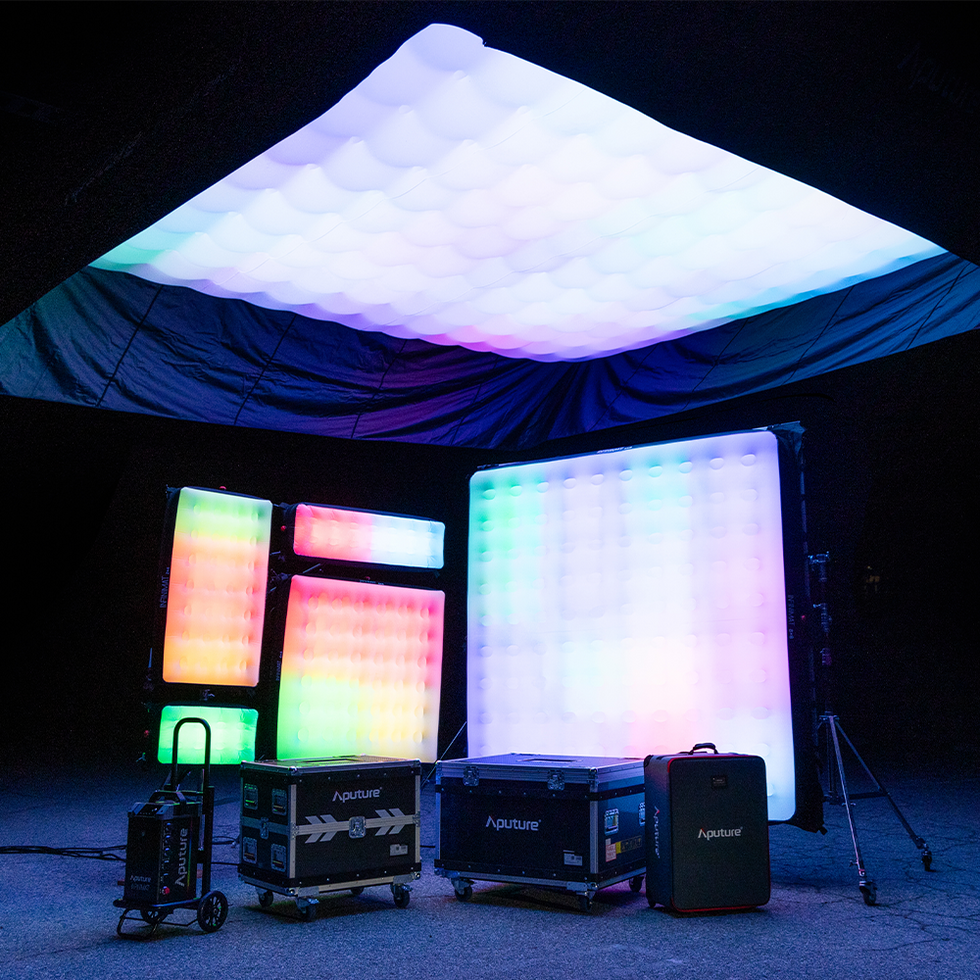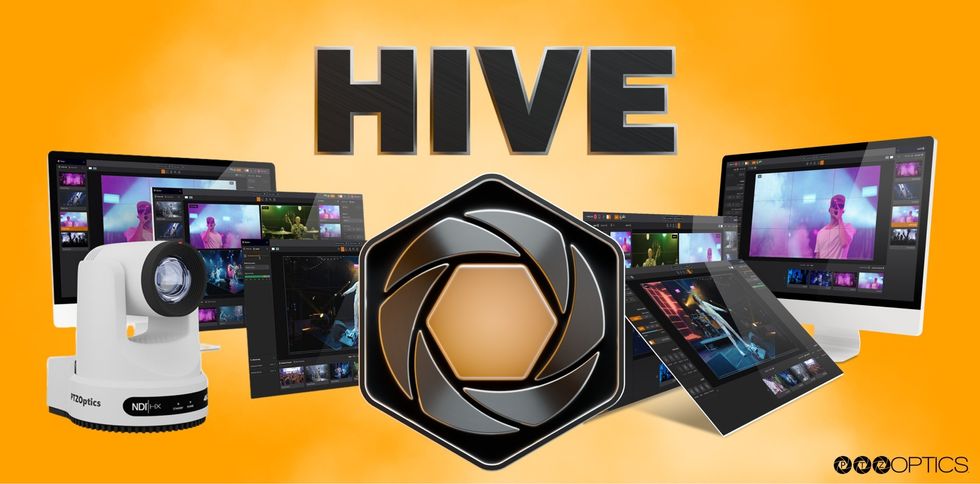'Beast Beast' Filmmaker Danny Madden Brings Family-Style Filmmaking to Park City
Danny Madden's debut feature Beast Beast weaves together three quintessentially American tales.
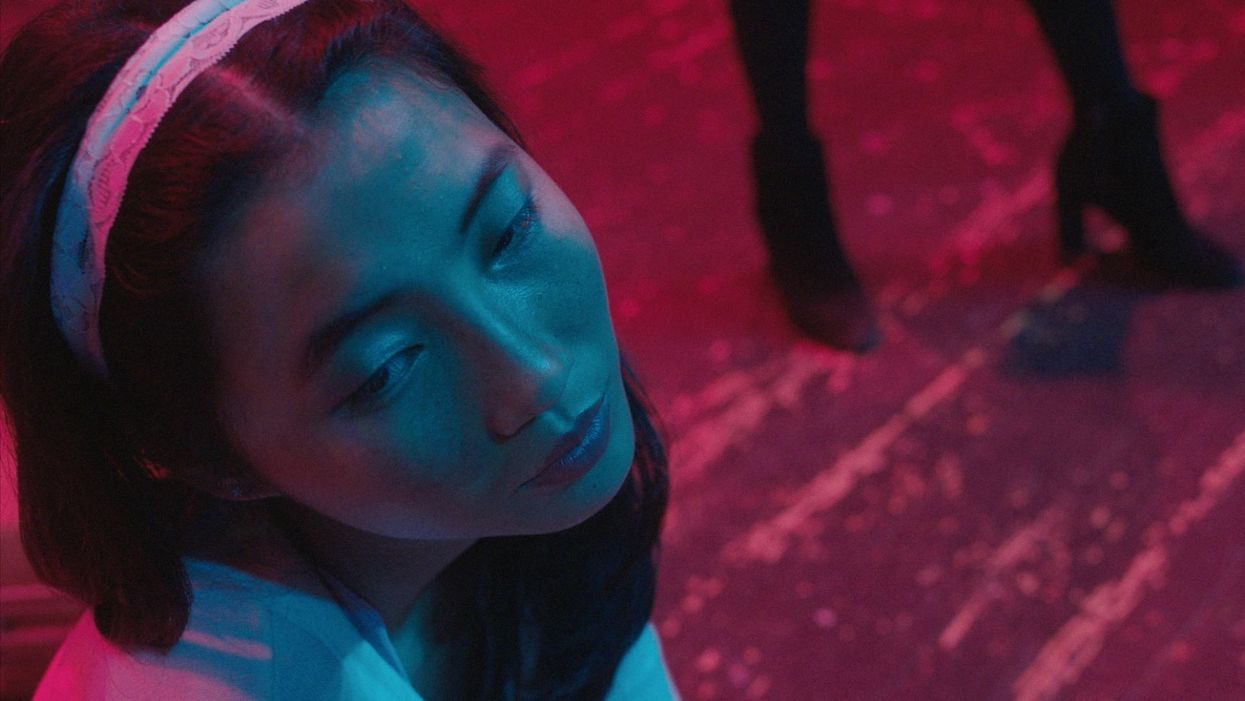
The inability to see right from wrong, healthy from unhealthy, cool from pathetic—dichotomies that are too-often blurred in American life are blurred further by the dangerous commingling of a love affair with firearms, the advent of self-editing, and a rapidly domineering obsession with the concept of the public self.
Director Danny Madden's skillful juxtaposition of untouchable moments of youth and the cringing flounder of poor decisions come to a boil in an all-too-familiar stew of American incapacity. We caught up Danny Madden and one of the stars (his brother!) Will Madden in Park City to talk about their film Beast Beast, directorial processes, and how to keep a film feeling fresh.
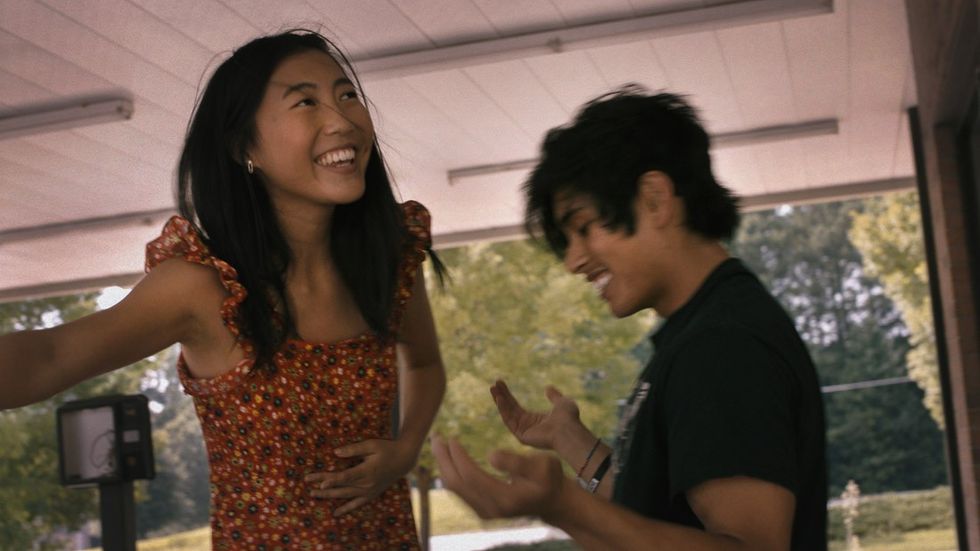
NFS: You mentioned that Beast Beast was a mashup of your short Krista and two other failed movie ideas?
Danny Madden: The idea for Krista was a scene for a feature I tried to write years ago. I didn’t have the birds-eye view of what a story could be, but I plucked that moment and built it around that. When I was finishing the edit for Krista, we went down to film Thunder Road with most of the same team. On that film I was creative director—a trusted cohort of Jim's (Cummings) to keep an eye on the monitor. It was a great training grounds for making a movie on that scale. The producer Ben Wiessner pointed out how repeatable that model feels; that we could keep making movies at that scale with the same spirit. With Beast Beast, it really felt like it was my turn within our gang. For the first time, it made my brain open up and see how I could wrap my hands around a feature.
Expanding on the Krista story, I wanted to see the light side of the Krista character, her youthful fire, and see how that positivity can be snuffed out; to feel the contrast of that. With the two other ideas, I just wanted to work with José Angeles. He's just such an amazingly gifted human with how he moves and operates within the world. I wanted to find some way to tell a story with him. Will and I had bounced around a few ideas for a while and we landed on his character.
"80% of directing is knowing the tone of the film."
NFS: All the actors I spoke to after the screening were glowing about your approach to working with actors. What is your process and what do you attribute this to?
Danny: It starts with an interest. I love acting. I love to see great performances. So, I think it comes from a real place of respect. I wanted to situate the artist in the film in a place that I would want to be. Everyone is different. Some people have theater experience, some people don’t. Their roles are asking for different things. You have to customize to everyone. I want them to feel comfortable and free.
NFS: How did Alec Baldwin become a part of your friends and family style production and what was that like for your process?
Danny: Krista got a Vimeo Staff Pick Award at SXSW 2018. Part of that process is they put the short online the next day at noon. So we stayed up all night and did a Kickstarter video and announced the pre-production of this film. So us being us, we had a very scrappy approach to it, we said we were gonna do it even if we had five dollars in our pocket. We had to film it by August because our lead actor (Shirley Chen) was going off to college. So we planted the flag for August and started rallying the troops and said whatever resources we raise between now and then is what we make the film for.
In beautiful serendipity, Casey Bader, who works with Alec Baldwin's production company El Dorado, reached out to us for a general meeting after they saw Krista. They asked what we were making next and we said we were making Krista into a feature. They were super supportive and helped us round it out and make the movie in the way that we thought could be effective.
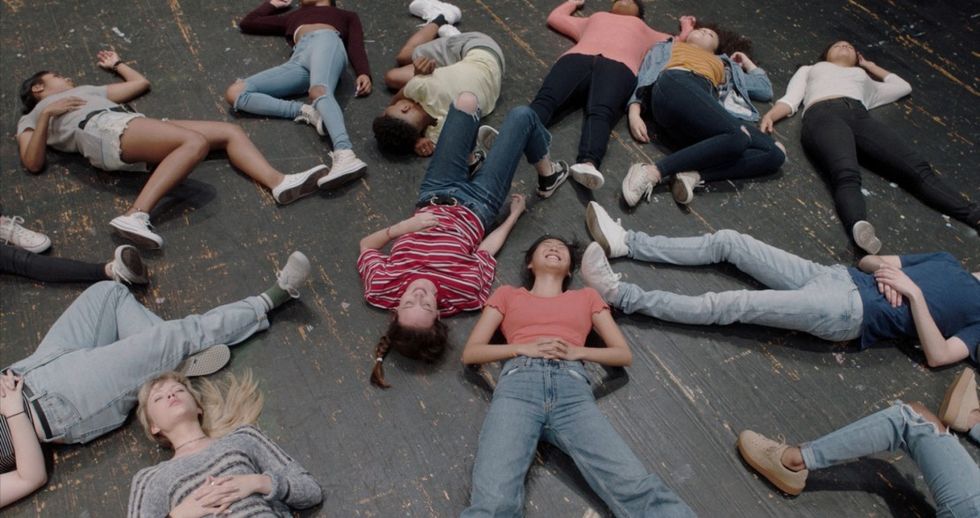
NFS: Visually speaking, how did you ultimately bring together these narratives into one cohesive piece?
Danny: Each storyline was different so we applied a different visual style to each of them. For Krista, we wanted this close-up feel with foreground crosses. We wanted to feel the world in front of her, behind her, around her. There’s a presence to a nice handheld vérité feel. With the Nito character, he comes from the skateboard world, so we tried with wider lenses, a little bit lower angles to capture the feeling of a skate video almost, but once we started framing up, we felt it wasn’t working. So, we want back to a bit more normal angles. But with the Adam character, it was a lot more controlled framing: slow dolly moves and zoom lenses. We tried to remain more composed as he was trying to keep himself composed.
"I do think there's this myth that the first time you pick up the bat and you swing, it goes over the fence into Park City...that was very much not the case with us and isn't the case with most filmmakers I've ever talked to or studied. I think debunking that is educational."
NFS: Growing up making movies with your brother, how was this film different from your other projects together?
Will: The bullseye was harder to hit. We didn’t know if we were going to accomplish what we were going for because we had never tried to do something like this before. We have a comfort and a trust with each other that allowed us to try to go there.
Danny: There's also almost a masochistic level of effort that we bring to things—I don’t know many people who work harder than Will. I don't know if that's something we've put on each other over the years, but the work ethic is extremely strong, maybe sometimes unhealthy, but it's great to go through that and we know how to support each other through that.
Will: We’re also both kind of desperately on the path to making the other one happy. This was our first feature. My performance was in Danny's hands, and I had to carry 1/3 of the movie. We didn’t want to let each other down maybe more so than ourselves. If I was working with someone I didn't know well or was intimidated by I think it might be a different story.
NFS: Will, what did you do to prepare for this role and how did you find the sharp balance required to humanize this conflicted character?
Will: If you try to create a 3D portrait of somebody, inherently the audience will connect with them. We're hardwired to empathize in that way. So if you do a good job of showing all the facets of somebody, then you have the ability to see where anyone is coming from. Logistically though, each character comes with a different set of asks. For this one it was: Can you believe me as a guy who would know his way around firearms? So I did a lot of research on my own and then we did some training when we got to Georgia with firearms trainers and veterans who showed us the ropes.
Danny: Certainly, we keep the standards high with that type of thing, because dexterity is a thing I like to put on film. Talents or nuance. For example, Nito is a skateboarder so we see him confidently doing that on film. Shirley has theater chops. For Will playing Adam, he needed to be as believable at handling guns as José is on a skateboard. Many firearm experts who have seen the film ask the question if Will grew up with firearms, so I think he passed the test in that regard and I'm really proud of him for getting there.
"The Sundance logo looks great on the poster, but does it change the movie? Does it make the movie any better? No."
NFS: Any time you portray guns and gun violence in this way, involving an unhealthy relationship, it can be read as a liberal agenda, but I appreciated that you didn't push that.
Danny: One of the things that really inspired me to make the movie in the first place was reading comments on news articles with similar events [in the film] and it becomes so politicized and all of the human elements are removed from it. Our approach was: what if we flipped that and made a film that was all of the humanity of it and none of the politics of it. In that sense, we approached Adam and his gun vlog as if he was doing a cooking vlog or fixing a car engine. We tried to portray it as neutrally as those other hobbies.
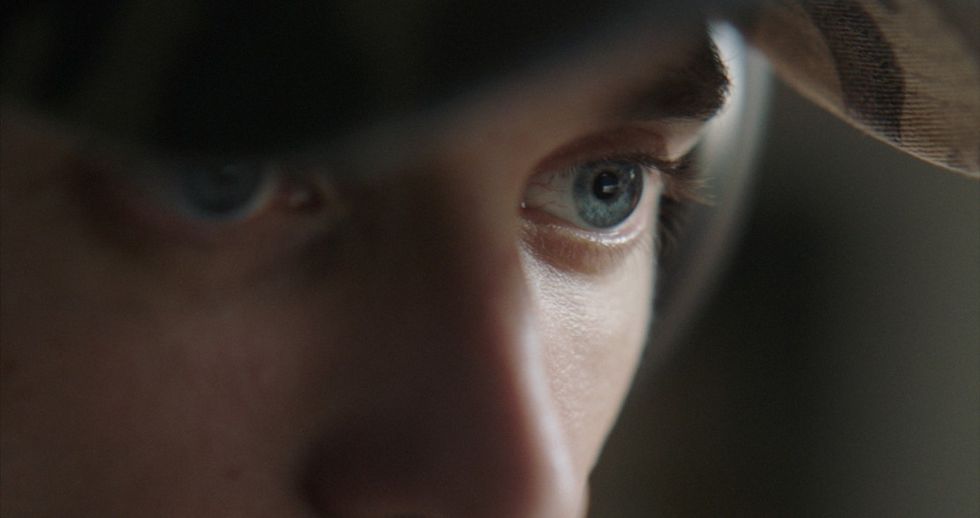
NFS: Sound Design is such a huge part of the film. How early are you making those sonically driven decisions?
Danny: Some people make fun of me because there’s a lot of capital letter italicized onomatopoeia in the script. Sound is the tool I lean on the most because it’s a fast track to an emotional place in a way that can be really covert. Sometimes with visuals, you’re walking a line that you’re falling into a stereotype or melodrama with how you're depicting something—with sound you can push it to those limits. As long as the visuals feel natural you can get away with a whole lot of dramatic embellishment that goes unnoticed. Sound Designer is a credit that I chalk up to the umbrella of directing and writing. To me, doing a sound pass of the film is a polish on the screenplay.
We know we’re not always making a big, heavy, dramatic, tell-you-how-to-feel moment. I think about how to take all the diegetic elements, something like a 747 flying 20,000 feet overhead, a very common sound in the suburbs, and use it dramatically. There’s a potential to shape a sound to a specific movement and your brain just accepts it. And there’s something really beautiful about that. It's hard to talk about, it's so elusive. Even our vocabulary for talking about sound are often visual terms. We say things like "let's shape that, or sharpen that." It's even elusive how we talk about it.
"Sound...[is] a fast track to an emotional place in a way that can be really covert."
NFS: What were some of the biggest challenges while shooting?
Will: We were on a tight schedule but Danny was good at giving up space. The biggest challenge was getting into the headspace and the emotional reality of it. Danny was able to give us the comfort and the room so that the only challenge was the deeper human work. I'm sure we were rushed, but I never felt rushed. So often the logistics of a set becomes the biggest challenge.
Danny: I have a real fear of having the movie feel bland and stiff, and there’s something with making films with little resources, the world of the film can feel small. The questions I kept asking myself were, "How do I make the story stay fresh? How do we keep the audience flowing with it but also feeling that the world is real and fleshed out?" The thing that kept me up at night most was balancing the tone of the film. I think 80% of film directing is knowing the tone of the film. For me, it was such new territory—when are you allowed to be funny and then drop into something shocking and serious, then come back to being funny? Will it take you away from the characters? There was so much of that in the screenplay and in production.
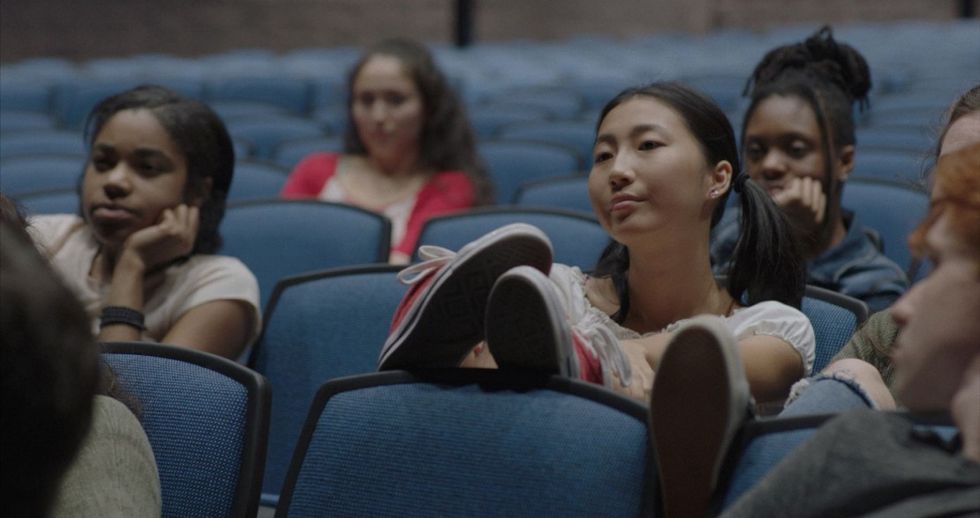
NFS: Breaking through to Sundance with your first feature, what advice do you have for aspiring filmmakers?
Danny: Well, first I think we should talk about what the "first feature" really means. We had a mid-length film that was 53 minutes long that SXSW programmed in 2013. I don't know what kind of mutant 53-minute movie we made but in a very risky move, SXSW programmed it. Frankly, I never thought of that as a feature, and it doesn't really have the depth of holding together like a feature, but there were so many lessons in that. I think without that it would be harder to transition into setting out to do a "first feature."
I think when you really look at most filmmakers, they all have those secret features or dress rehearsals almost. I remember reading an interview with Gus Van Sant about Mala Noche and him mentioning he made a movie 10 years before that that never saw the light of day. I do think there's this myth that the first time you pick up the bat and you swing, it goes over the fence into Park City and everyone celebrates, but that was very much not the case with us and isn't the case with most filmmakers I've ever talked to or studied. I think debunking that is educational.
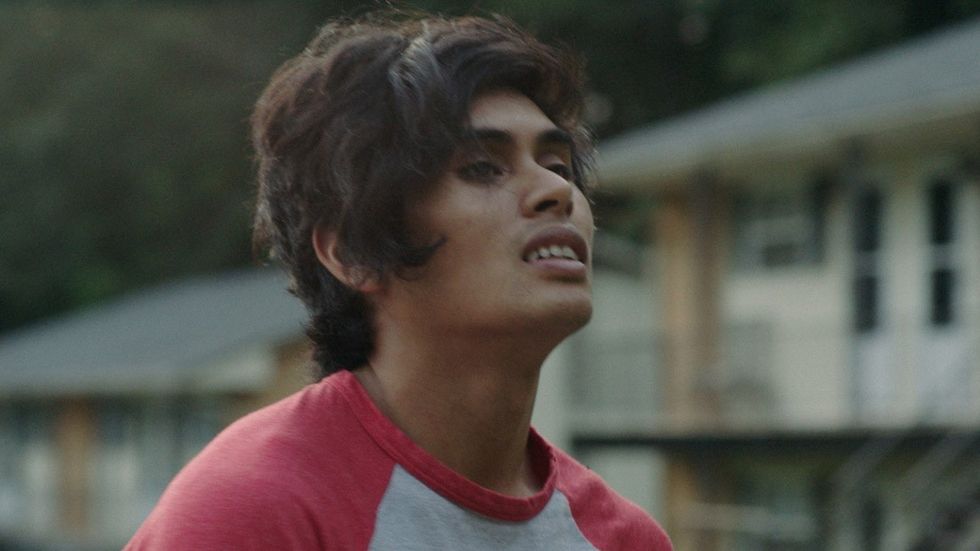
Danny: We made as many shorts as possible and I think it's vital to use shorts as an experimentation ground, to try new things production-wise or in the edit or how you tell the story or the tone of the story. If it's not new territory for you then what's the point of making that short? We made ten or twelve shorts over the years, and if you do, when it comes time to make the capital F feature film you have all these ingredients and you can be more confident about how you mix flavors.
We're thrilled to have the Sundance stamp on the movie, but there is a sober stance we prefer to take with the movie. The Sundance logo looks great on the poster, but does it change the movie? Does it make the movie any better? No. We still look at the film and dissect what lessons we still need to learn, what we could've done better. You're crazy if you can't look at something you just finished and can't see what can be improved about it.
For more, see our ongoing list of coverage of the 2020 Sundance Film Festival.
No Film School's podcast and editorial coverage of the 2020 Sundance Film Festival is sponsored by SmallHD : real-time confidence for creatives and by RØDE Microphones – The Choice of Today’s Creative Generation


